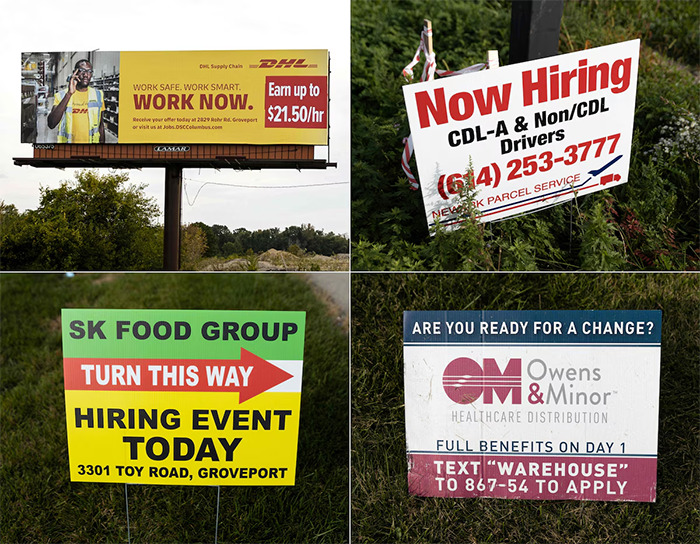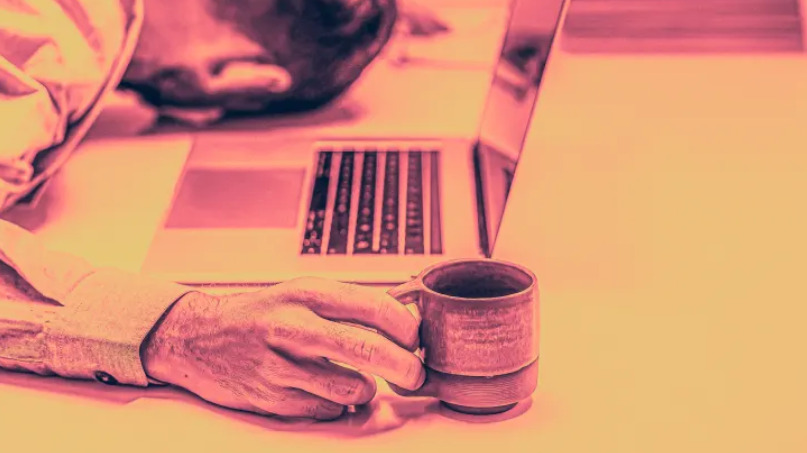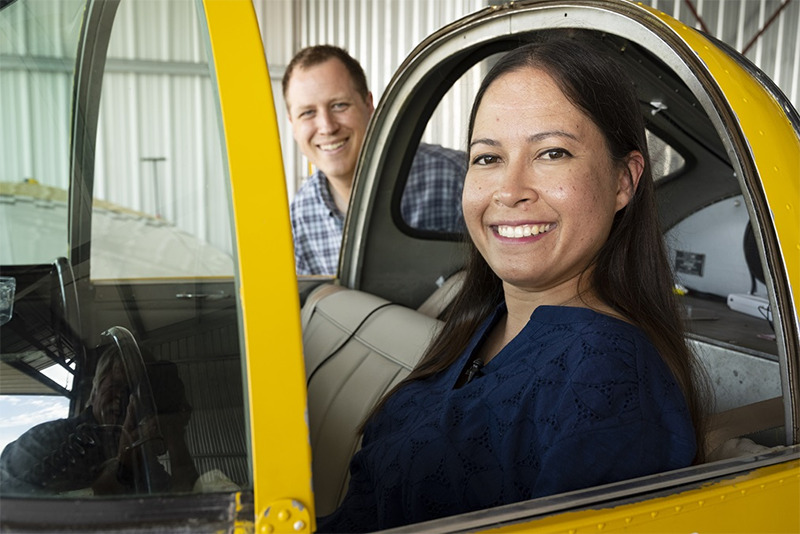
One reason so many are quitting: We want control over our lives again
The pandemic, and the challenges of balancing life and work during it, have stripped us of agency. Resigning is one way of regaining a sense…
Thought Leader: Amy Cuddy
This piece is by WWSG thought leader, Lisa Bodell.
You can’t have a healthy company without healthy people. It’s a straightforward truth, but in today’s workplace, we’re drowning in complexity and chaos, which is driving talented employees into burnout. The old mantra of “do more with less” has backfired. The result? Overloaded teams, exhaustion, and disengagement.
But here’s the twist: what if the answer to today’s workplace stress isn’t doing more—it’s actually doing less? Not slacking off, but eliminating unnecessary complexity, focusing on what truly matters, and restoring clarity. Subtracting is the new productivity hack, and it’s one of the most powerful antidotes to burnout.
Burnout: The Silent Epidemic
Employee burnout has reached epidemic levels. According to Mercer’s 2024 Global Talent Trends report, eight out of ten employees are at risk of burnout. What’s driving this crisis? Exhaustion and overwhelming workloads are the top causes. But burnout isn’t just a productivity problem—it’s a people problem. When burnout strikes, it affects emotional, mental, and physical well-being.
A 2024 Gallup report, From Suffering to Thriving, highlights the real concern: burnout has led to stagnant employee engagement and a decline in well-being throughout 2023. The World Health Organization even classifies burnout as an “occupational phenomenon,” defining it as a “syndrome resulting from chronic workplace stress that has not been successfully managed.”
At the heart of this issue? Complexity. We’re overloaded with unnecessary processes, excessive meetings, and constant notifications. People are spread too thin, and the real work—the work that matters—gets buried beneath layers of distraction. According to a study by the Harvard Business Review, over 60% of managers say excessive complexity at work negatively affects their productivity.
Subtraction: The Unseen Solution
The University of Virginia’s research shows that humans tend to overlook subtraction as a solution. Many of us default to adding more when we encounter a problem: more meetings, more tasks, more initiatives. But what if we flipped the script? The key to breaking the burnout cycle is focusing on subtraction, not addition. By removing unnecessary tasks, irrelevant meetings, and redundant processes, we can clear the space for meaningful work. The University of Virginia’s research shows that humans tend to overlook subtraction as a solution, defaulting to adding more complexity instead.
The Power of Simplification for Well-Being
Simplifying isn’t just about productivity—it’s about well-being. When you reduce the clutter in people’s day-to-day tasks, you give them the space to breathe, think, and focus. A study by Deloitte found that companies with simpler structures and fewer processes reported 25% higher employee engagement . Engaged employees are healthier, happier, and less likely to burn out.
“Employees seek a voice, choice, and purpose within their companies,” says Debbie Herd, Senior Vice President, Director of Talent Development at Comerica. When too much complexity exists, it’s difficult for employees to contribute in meaningful ways. It’s best when a company encourages simple ways to work and rewards people for it: reduction of tasks, meetings, emails, and approval layers.”
The connection between a healthy workplace and meaningful work is clear: when employees feel they can make progress on work that matters, their sense of purpose and job satisfaction soars. The antidote to burnout is clarity of purpose and freedom from chaos.
Takeaways to Create a Culture of Well-Being and Impact
The Path Forward: Less is More
For the sake of our companies and our people, it’s time for leaders to embrace subtraction as a strategy imperative. Let’s stop adding layers of complexity and start removing the noise that’s causing our people to suffer. Simplifying is the most human-centric productivity hack there is. It’s time to design workplaces where well-being is the foundation of productivity, where employees can focus on what matters, and where healthy people create thriving companies.
The bottom line? To prevent burnout, we need to subtract. It’s time to rethink, reduce, and redesign work for a healthier, more productive future.
One reason so many are quitting: We want control over our lives again
The pandemic, and the challenges of balancing life and work during it, have stripped us of agency. Resigning is one way of regaining a sense…
Thought Leader: Amy Cuddy
Molly Fletcher: Can drive offset your burnout at work?
This piece is by Molly Fletcher. People assume that drive depletes energy. They believe that level of intensity, focus and daily effort leads to burnout.…
Thought Leader: Molly Fletcher
Armless pilot celebrates ADA anniversary in flight
Jessica Cox and Sen. Tom Harkin mark 30-year anniversary with a special flight It’s been nearly 30 years since the passage of the Americans with…
Thought Leader: Jessica Cox

